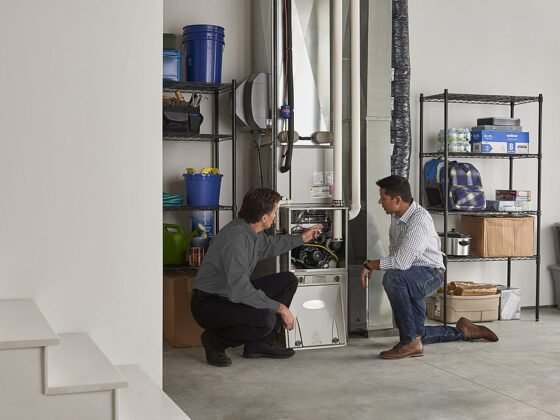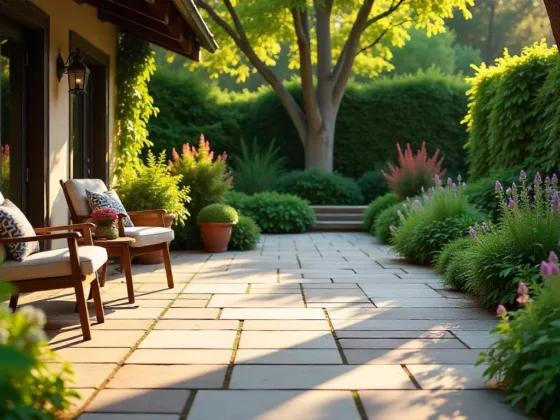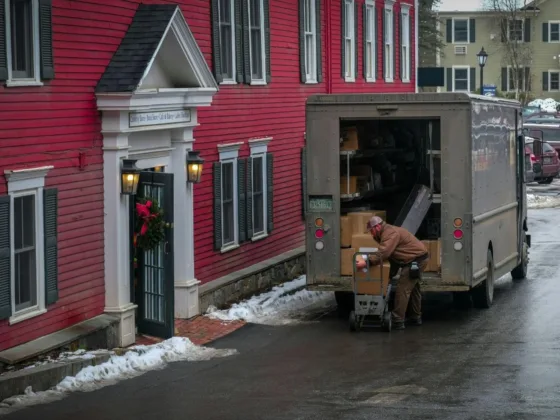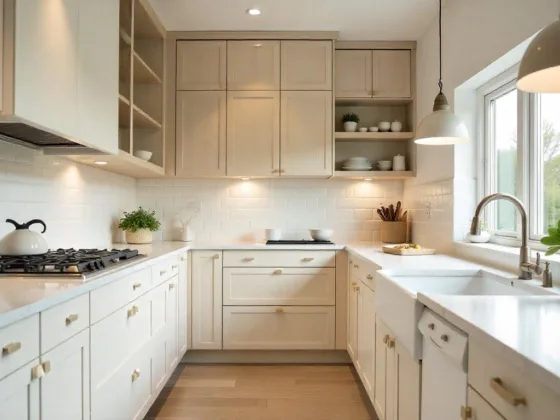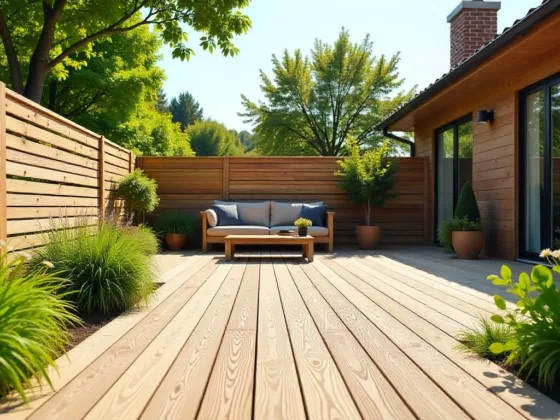Table of Contents Show
According to some research, about 15 million homes are at risk of flooding.
If you’re living in one of those homes, you might want to look into getting a quote for flood insurance.
But what should you know before getting a quote, and how do you save money on the best flood insurance? Keep reading to find all the answers.
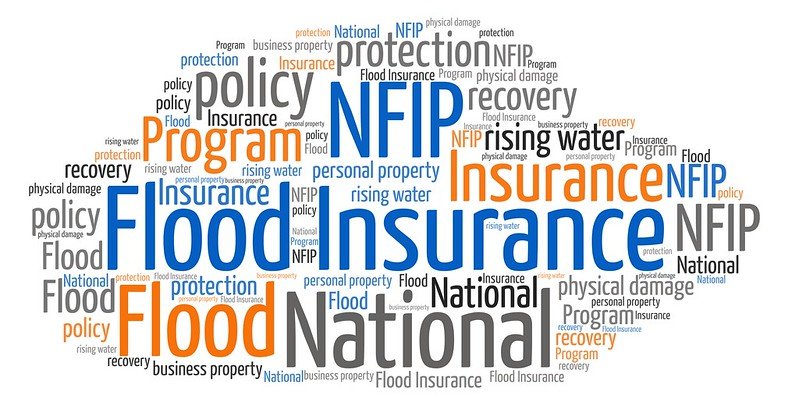
Average Cost of Flood Insurance
Before you start asking for a flood insurance estimate, know what the average cost of flood insurance is so you know if you’re getting a good deal or not.
On average, a good flood insurance policy would be $700 a year. However, there are many factors that could change this cost.
For example, it’ll depend on how much coverage you buy, the property value, your flood zone, and the structure of your home. The underwriter will also assess how much your policy should cost.
You can enter your address into the FEMA Flood Map Service Center. This will let you know which risk category your home falls into.
1. Figure Out How Often Your Area Floods
If you’re going to buy a house, then you should look to see how much that area floods. Is it by a waterway? You may have to deal with floods more often.
However, a home can flood even though it’s not near a waterway. Sometimes, a creek a few miles away can end up in your home if you have a crazy rainstorm.
The flood map mentioned earlier will really help give you an idea of what flood zone you’re in. You can also check the property history to see if there have been any floods in the home’s history.
You should also figure out what type of flooding the home is prone to and how often. When you have this information, you’ll be able to get a more accurate quote.
By looking at what area your home is in, you’ll also learn if you need an RCBAP. If you aren’t sure what that is, click here to learn more about RCBAP.
Read Also:
2. Decide If You Want Private Insurance
Next, you’ll need to decide if you want to get private insurance from a flood company. However, there are advantages and disadvantages to doing this.
For example, private companies normally offer higher coverage limits. This means that you’ll be able to get a broader range of different types of coverage.
There’s also a shorter waiting period than the standard month for federal insurance. In some cases, this can be cheaper as well.
Through this type of flood insurance, you’ll also be able to avoid getting an elevation certificate. These certifications are normally required for federal insurance policies that are at high-risk.
However, before you get quotes from private insurance, keep in mind that a mortgage lender might reject this type of insurance and rather have you use a federal insurance policy.
If you already have federal insurance and then buy private coverage, you might get a rate increase if you decide you want to then switch back to federal insurance.
Also, some private companies will not insure certain types of homes.
3. Consider Flood Zone Risk Area
You’ll also want to consider what flood zone risk area. When you’re looking at maps, keep in mind that A and V are considered high risk.
If the risk is undetermined, then it will be labeled as D.
The B and X will mean that you’re in a moderate flood hazard. If you’re in a minimal flood hazard, then you’ll have a C and X in your area.
Sometimes the X zone will be shaded, which means that there could be a barrier or dam that was built to reduce the risk of flooding. However, those barriers could fail.
If you’re protected by one of those barriers, you’ll still have a higher rate because the barrier could break. This is true even it meets all of the FEMA standards.
4. Ask What Kind of Flooding is Covered
You’ll also want to ask what type of flooding the insurance is going to cover. Normally, rain is the leading cause of floods. However, a dam breaking would be a different type of flood.
If you’re going to live in an area that frequently floods or is low-lying, then you’re even at more risk in heavy rainstorms.
When you’re looking for plans, the cost of flood insurance might increase depending on what type of flood threat. If you are at risk for a less-common disaster, you might have to pay more.
5. Get Quotes Early
Now that you have some important tips and information, start getting quotes early on.
You don’t want to rush into choosing flood insurance, and you’ll need time to read the policies, figure out how much you need, and check the coverage.
If you rush the process, you might not have enough coverage or you may be overpaying for insurance.
Start as soon as possible, and read through all of the fine print. When in doubt, you can ask someone to go over the entire policy with you before you agree to one.
Discover More Tips to Get a Quote for Flood Insurance
These are only a few tips to get a quote for flood insurance, but there are many more strategies that you can use to try to find a cheaper rate.
We know that dealing with flood insurance is just one other problem that homeowners have to deal with, but there are many others.
If you’re looking for more information on being a homeowner, explore our website.

